
 The question is a bit broad.
The question is a bit broad.
Here is what I have done:
I have a method for applying the fft. I'm not going to post it because whether it is correct or incorrect is not really the point here.
I run an image through the method and then try to display what comes out as two images of the sames size, one for the real part and one for the imaginary part.
This seems to work fine except that the grayscale values that come out of my method are usually much larger than 255 and therefore I'm not sure what I'm seeing.
I then take the raw result (not whatever the pixel values I display are, since I assume they are modified somehow to fit between 0 and 255) and run it through the same method as before but with a sign change to achieve the ifft.
I then try to display this as well. Again, the raw values are much larger than 255 for the most part.
My question boils down to: a.) do i have to do some scaling on the fft to get it to fit between 0 and 255? b.) do i have to reverse this scaling when I do the ifft? c.) Is there any translation I have to do on the fft before I apply the ifft?
Part c arises from the fact that I have read some things which talk about centering the corners of the fft but I'm not really certain what this means.
A lesser question, part d, would be that if I apply the 2d fft on the original image by first applying the 1d fft to all the rows and then again to all the columns, do i need to apply the ifft in the same order or do i need to reverse the order.
I think that's all for now. I have been doing a lot of looking for answers but cant seem to find much so any help is appreciated.
EDIT: I added some images, maybe they will help. The first is the original image, the second is the result of my fft method (magnitude and imaginary component) and the third is the result of the ifft on the intermediate image.
EDIT2: Updated the images to ones from newer method.